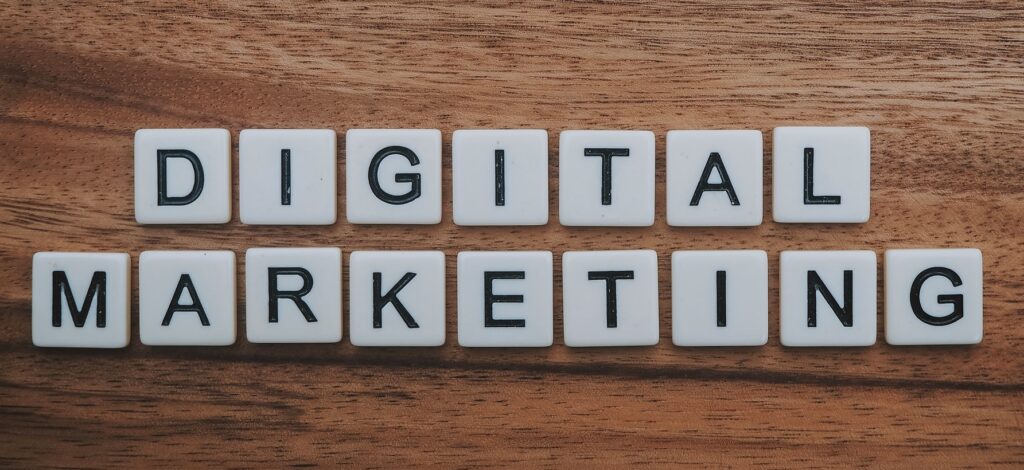Digital marketing goals and objectives differ from business to business depending on;
- The type of business; Business to business or Business to consumer.
- Business goals and objectives
- Business mission and vision
- The target audience
- The location
- Business industry: product/ service based
Despite that marketing is done to promote business growth in line with its mission, vision, and short-term or long-term goals. These determine what the business needs to get done in the short term in order to achieve the long term. Business activities are coordinated by different departments e.g. marketing, sales, customer service, procurement, Human resource, administration, etc. These work together to implement what the business is meant to do and achieve.
We are looking at marketing which aims at
- Acquiring new customers
- Maintaining existing customers
- Engaging customers and prospects
- Informing customers and prospects about business products
- Customer service
As seen above marketing i.e. digital marketing goals differ from business to business. But at the end of the day, there is a convergence point. These goals are the major reasons why companies do digital marketing today.
Table of contents
Major digital marketing goals that promote business growth

The reasons why businesses should do digital marketing birth the digital marketing goals. The goals are;
1. To make sales
A sale is when a customer buys a business product or service thereby making it a profit. With digital or online marketing, this is seen as the number of conversions or catalog sales. The more sales a business makes, the more revenue it generates and the more it is able to grow and thrive.
2. To generate leads
Majorly for service-based businesses or any other. A lead is a potential future prospective customer. They have a problem and the business showcases their products or services that can help them solve it. They may also be looking for better alternatives and are a right fit for the business products or services.
Leads can turn into prospects and finally devoted customers or brand ambassadors of the business which in turn helps build its client base. The more leads a business can generate the more likely it is to grow its customer pool. More customers = more revenue = business growth. Leads in online digital marketing can be seen in the number of form fill-outs, app installs, sign-ups etc.
3. To increase engagement
Engagement is how customers and prospects interact with the business; its people, products, and services. Engagement helps to build trust and credibility that consumers have in business products and services. In digital marketing, engagement is done online through;
- Social media; Facebook, Instagram, etc.
- Email marketing
- Content creation
- Targeting advertisements
Engagement can be seen in the number of; likes, shares, replies, user-generated content, subscribers, saves, etc.
There was an error obtaining the Benchmark signup form.
4. To increase traffic
Traffic is the number of visitors to business intellectual property e.g. website, social media accounts, landing pages, and product pages, etc. traffic can be measured daily, monthly weekly, yearly, etc. Analytical tools like google analytics and social media business account analytics like Facebook can be set up on the platforms to measure the number of unique visitors. Heat maps can also be set up on web pages to see how users are actually interacting with the content on the websites. Traffic affects the success and likelihood of all the other goals. More traffic can equal = more engagement = more leads = more sales.
Conclusion
Digital marketing goals set the major reasons why businesses should do digital marketing. The goals are carried out depending on what is done for the short-term goals and objectives in order to achieve the long-term objectives, mission, and vision of the business. It’s always important to balance all the objectives to quickly bolster business growth.

